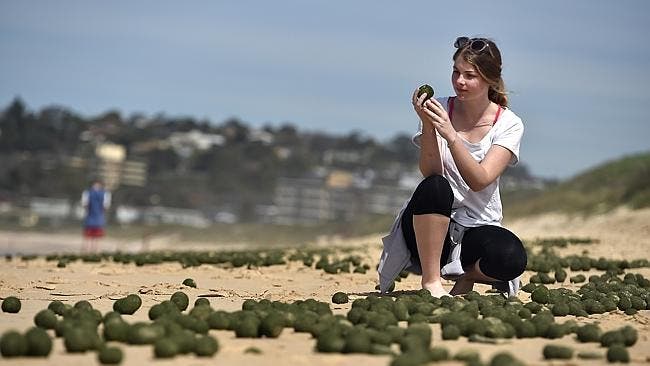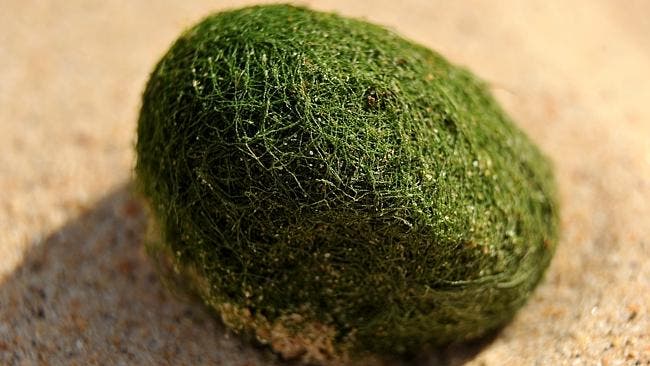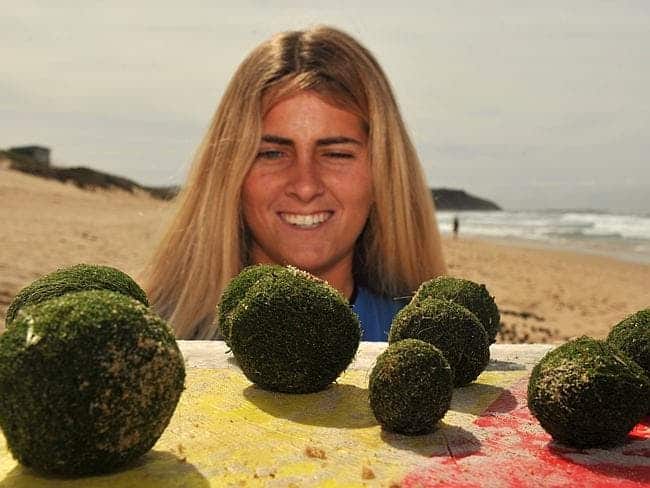
Surfers and swimmers noticed something extremely strange on the Dee Why beach in Sydney: hundreds of strange, fluffy, egg-like …things.
It’s still not clear what these tiny “eggs” are, but we can pretty much rule out alien eggs; we’re likely dealing with some sort of clamped up algae.

RaeMaree Hutton, Dee Why Surf Life Saving Club’s patrol member told The Manly Daily:
“I didn’t want to touch one because you never know what can sting you on the beach, but I did poke it with my toes and it’s squishy, like a sponge. They look like alien eggs or something.”
Narraweena resident Jenny Zhang said she walked the beach every day for years and she’s never seen anything like this.
“About three days ago, there were a few egg-shaped balls but then today, they were much bigger and everywhere on the beach,” Ms Zhang said.

Even though no scientific study has been conducted yet (because it just happened), University of New South Wales in Sydney researchers have a few theories:
“I’ve seen similar things – sometimes dead sea grass can roll around and form balls like underwater tumbleweeds but that’s made of dead material and these look to be living. It is a habit known as “aegagropilious”, where the algae is free living (not on rocks) and forms into spherical balls.”
Clearly, this is a very rare phenomenon, probably prompted by the incoming Australian spring.






